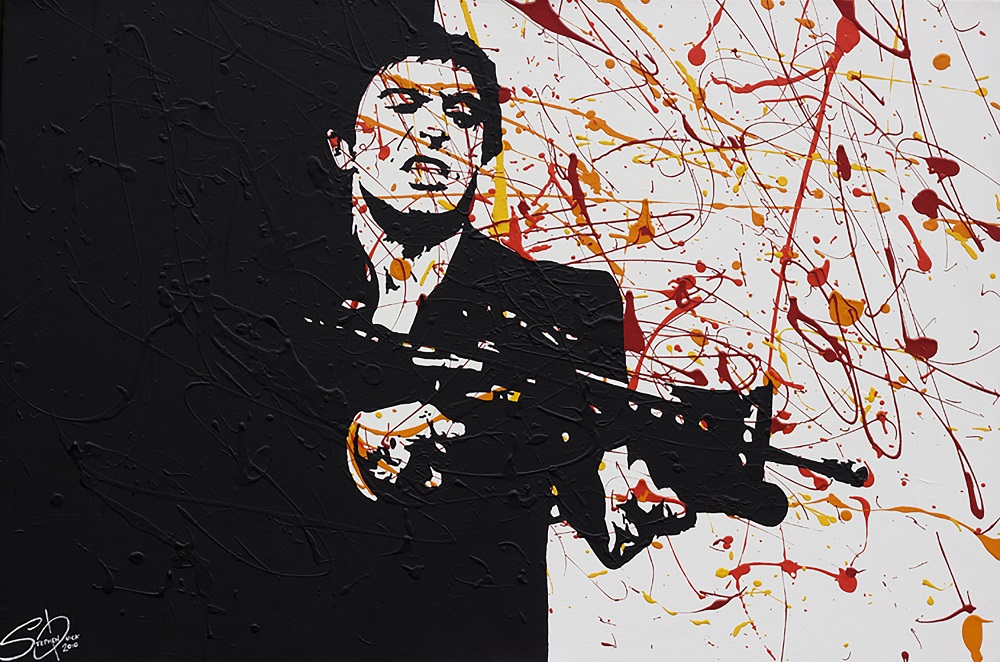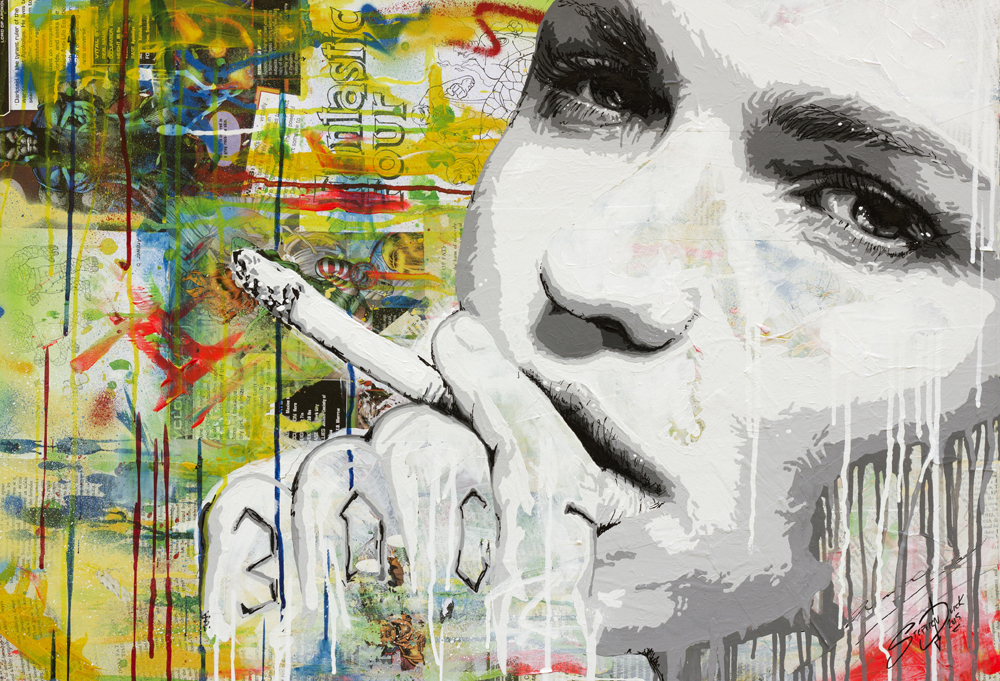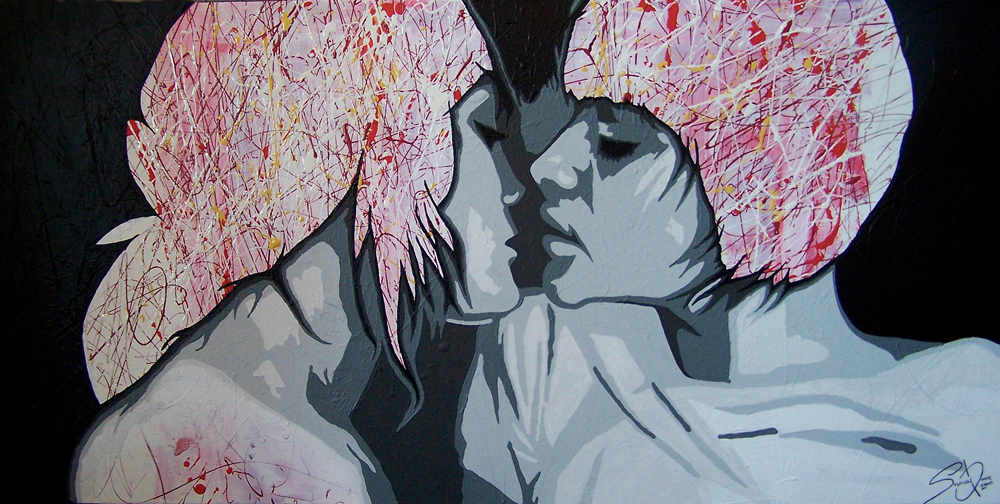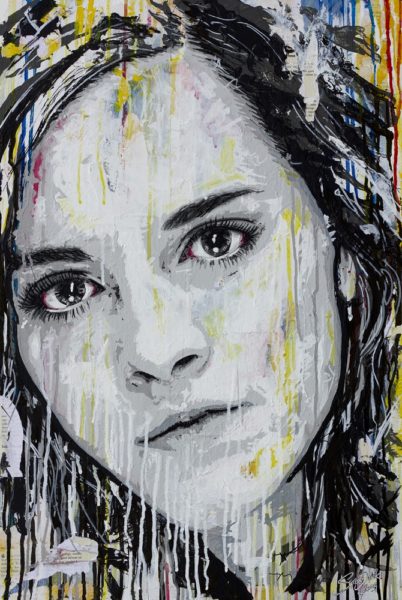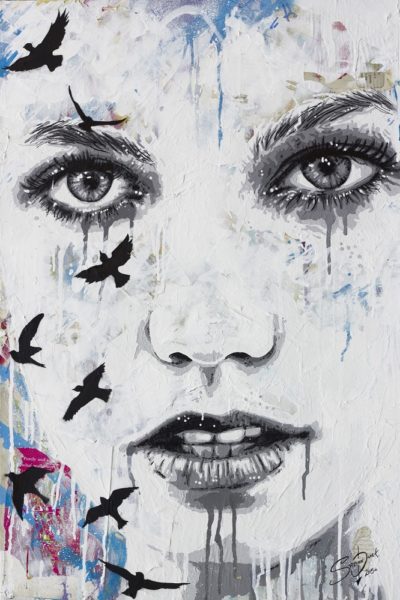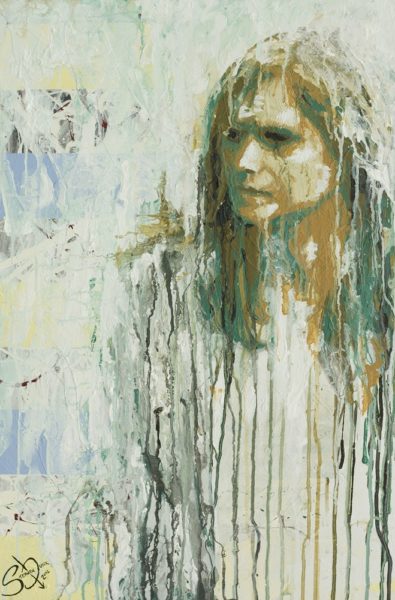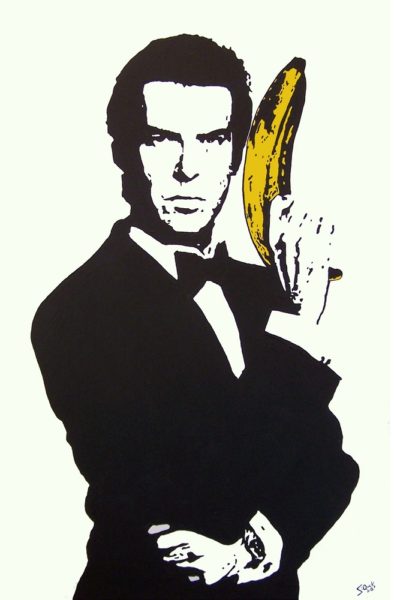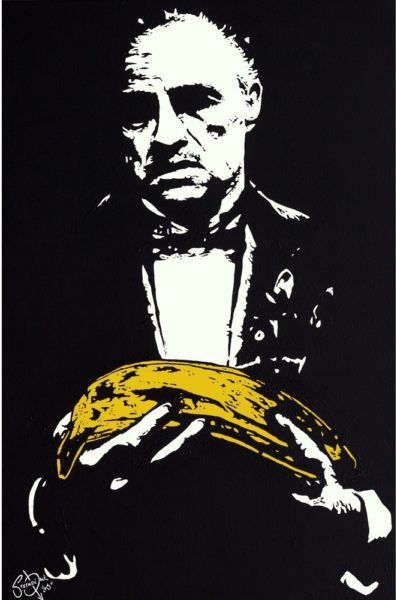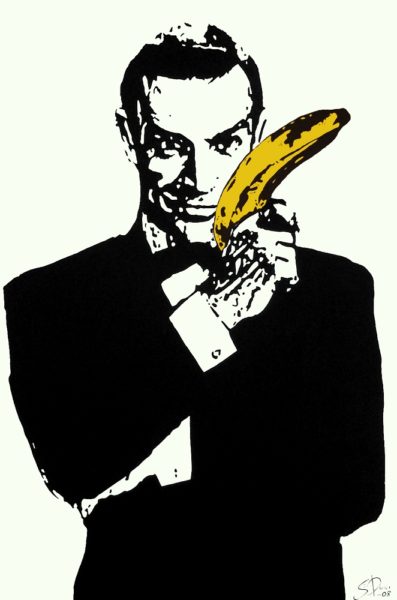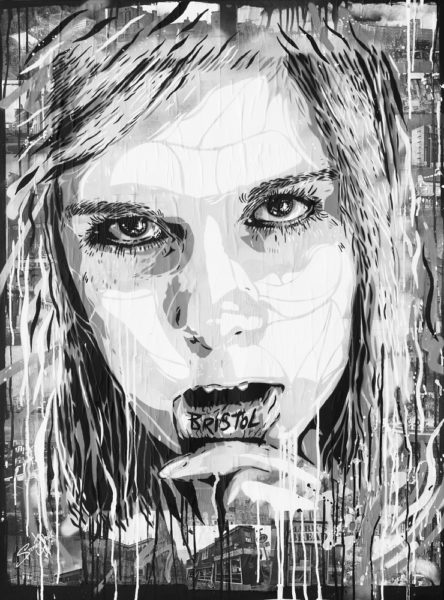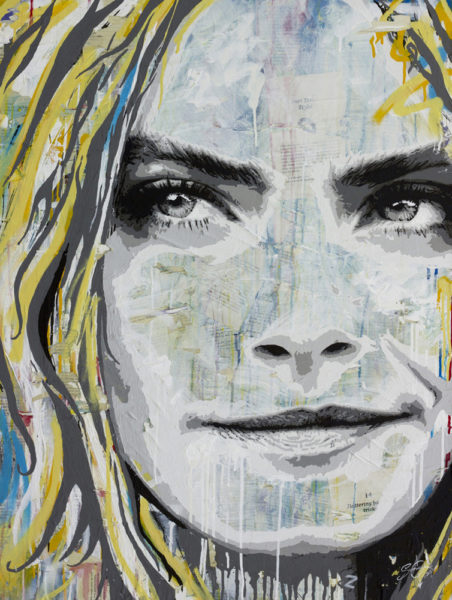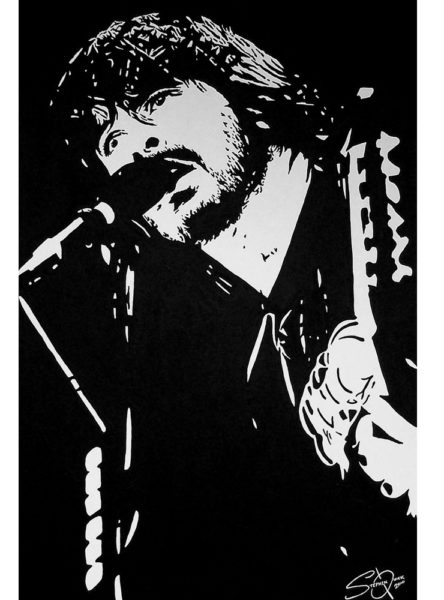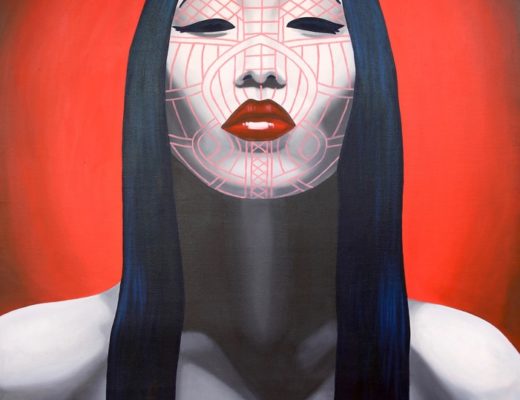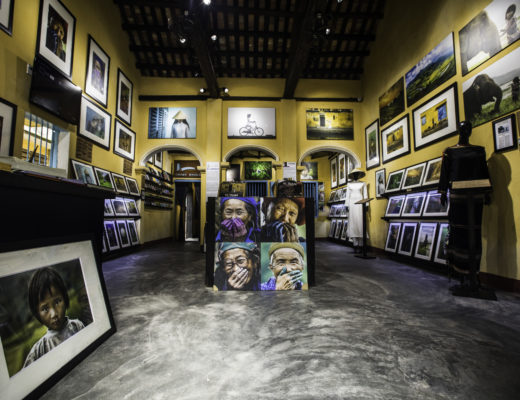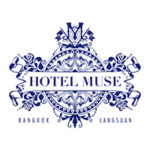– By Maciek Klimowicz –
“Hi, I’m Stephen Quick and I’m an artist (whatever that means)”.
This is how Stephen Quick, a UK born and based painter introduces himself on his website. And while we decided not to tackle the grand questions of what art and artist is in our interview with Stephen, we did ask a few others, including one about his favourite superhero.
At this stage you might be asking yourself, “What do I care what some artist’s favourite fantasy character is?” and maybe rightly so. But please, stay with us a minute longer, and before you read on, take a look at the images on these pages.
As you can see, Stephen has a thing for pop culture – the movies, the music, the computer games, the whole lot. On his website, he writes, “I guess I’m a pop artist who loves pop culture and I hope my work reflects this passion.” He hopes? Really? Isn’t it obvious? Well, having interviewed Mr Quick, I have a feeling that this sentence is, at least in its last part, sarcastic.
That’s because humour tends to make a large part of not just what Stephen says, but also of what he paints… at least on the surface. Take the “banana series” depicting famous gunmen from across pop culture, with firearms replaced with bananas. Initial effect is simply slapstick comedy funny. But when I asked Stephen about it, meanings got deeper.
“I painted the banana series to make the viewer re- contextualise and re-look at an image, that has been so integrated into popular culture, that we do not even really look at it anymore; it has lost all meaning,” he says adding that “a banana is also a great replacement for a gun, a natural gun. It is the first thing as a kid we pretend is a gun… would have been nice if we all kept to those bananas.”
Gets you thinking, doesn’t it? And the rest of Stephen’s images might too. Images in which pop-icons mix and mingle, boldly crossing the boarders between different movie titles, musical genres and more. There, Gotham City’s Joker can pose a threat to Disney’s sleeping beauty, Harry Potter meets the Beatles and B52’s drop not bombs but scores of hearts.
Some of Stephen’s images stick closer to the original or are virtual copies of famed pop culture imagery that we’re all familiar with. But even in this case, seeing an iconic character painted in oil is somewhat intriguing. “I just add to them what I take from them, usually something chaotic and messy… or just a joke,” explains Stephen.
On average Stephen produces two images a month and to keep himself busy, he also runs a YouTube channel with popular “speed painting videos” which caught the attention of some major TV networks and, in Stephen’s own words, got him ‘a breakthrough’. The 500-600 paintings he has sold all over the world, from UK to Japan, is proof enough of his success, though for him, it’s painting at upcoming Upfest festival in Bristol that will provide a highlight to his career.
A career throughout which he explores the notion of an icon – what makes a celebrity, a hero and how real do they have to be? “Cultural figures represent an ideal, a hope and a want, they teach us something, be it Buffy the Vampire Slayer, redefining the status of the feminist in today’s society, or Spiderman’s, ‘with great power must come great responsibility’,” he explains.
Which brings us to the final question – who is Stephen’s favourite superhero? To find out whether it’s Spiderman or Wolverine, go visit his website on splinteredstudios.com. And if you wonder why he called his studios “Splintered”, you obviously need to refresh your memories of the Teenage Mutant Hero Turtles. I know you want to, and so does Stephen Quick.
